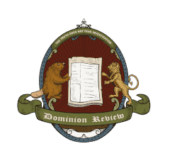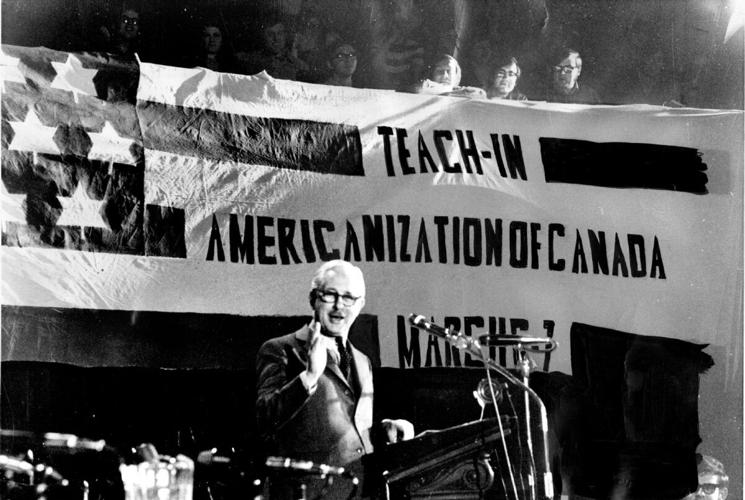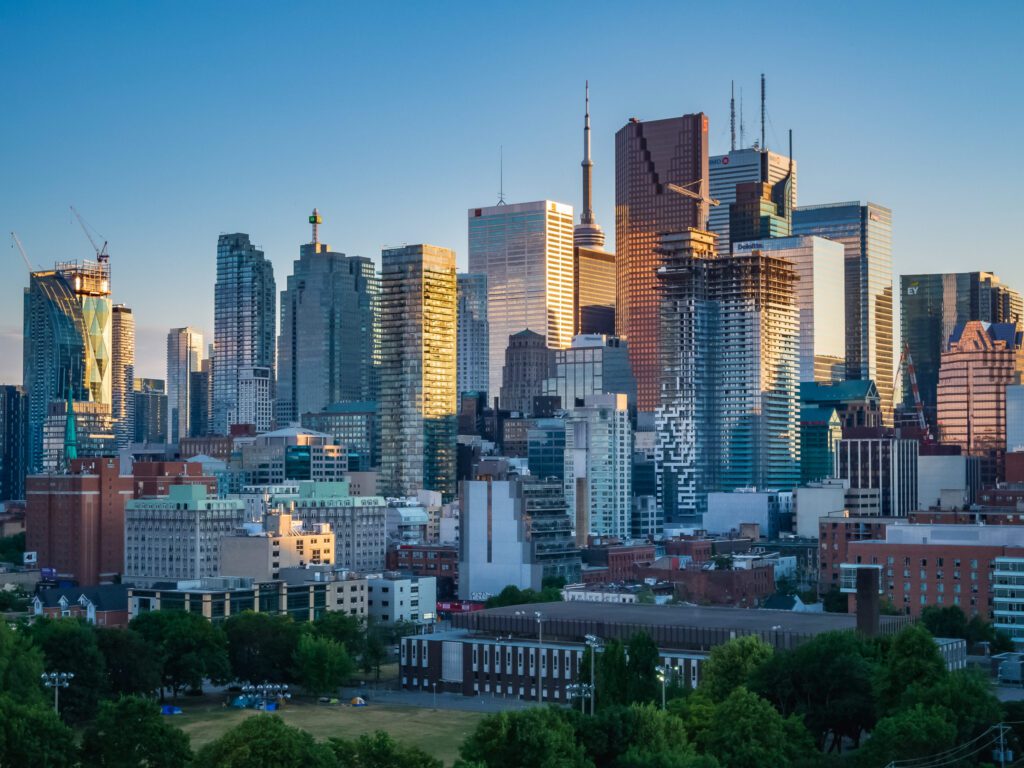Jasper On Fire: Five Days Of Hell In A Rocky Mountain Paradise. Matthew Scace. Sutherland House, 2025.
It was a blaze of epic proportion. A mass evacuation of 25,000 residents, workers, and tourists. 358 of 1,113 structures destroyed. $880 million paid out in insurance claims. Jasper On Fire by reporter Matthew Scace, another book in the Sutherland Quarterly series, tells the inside story of the July 2024 Jasper wildfire – and explains some of the circumstances that led up to the disaster.
The iconic image that stuck with Canadians was the historic Maligne Lodge engulfed in flames. This book provides equally gripping descriptions that illustrate the tragedy and human drama of the fire. Firefighters taking wrong turns because once familiar neighbourhoods had been rendered unrecognizable as houses and landmarks were reduced to rubble. Evacuees waiting for what must have felt like eternity, worrying and wondering whether their home would be one of the ones still standing when they eventually returned. A little girl asking if the pet fish her family had been forced to leave behind was okay (the fish was saved, became the “wastewater treatment plant’s emotional-support animal” until the evacuees returned, and was happily reunited with its family).
These are the mental images from natural disasters that stick with us. I will always remember the powerful photo of a woman on horseback galloping through downtown Fort McMurray with her beloved horses, fleeing the 2016 wildfire.
The book points to some aspects of the Jasper fire that could have been handled better, notably a strange situation to do with competing provincial-federal jurisdiction. Jasper is a municipality with provincially delegated powers. But, it’s surrounded by Jasper National Park – under the jurisdiction of Parks Canada. This put Premier Danielle Smith in an odd situation: “That’s when I learned – and I should have known – that we can’t go into federal airspace or go into federal boundaries without their invitation”. As the fire began to be recognized as a real threat to the town, the provincial government was relying on emergency alerts and information from the media.
Canada does need to get serious about controlled burning. A landmark study in 1977 by University of Alberta graduate student Gerald Tande revealed that suppressing fires simply delays the inevitable, while making that inevitable much worse: “…forests of the Jasper townsite study area will eventually burn again. The longer they are without fire, the more organic matter will accumulate, and the more severe fire will be during favourable weather conditions”. Parks Canada knew about Tande’s 1977 study, but only implemented the study’s recommendation of carrying out prescribed burns in 1996.
In a National Post column soon after the Jasper fire, Jamie Sarkonak aptly described the forest around Jasper as a “tinderbox”. She quoted a 2022 Parks Canada report: “The scale and frequency (of prescribed fires) has not compensated for the loss of fire disturbance from removing Indigenous ignition practices and applying wildfire suppression actions after World War II”.
Another important factor is the increase in extreme weather events spurred by climate change. Jasper On Fire describes the phenomenon of pyrocumulonimbus clouds, which people in the know refer to as pyroCbs. This happens when intense heat drives air above a fire, which then reaches colder temperatures higher in the atmosphere, creating thunderstorm conditions and generating lightning and tornados. New research shows these pyroCbs are rising in frequency. Academic Mike Flannigan believes this phenomenon was a major factor in why the Jasper fire moved much more rapidly than expected: “If I were to say, ‘What was the cause of this?’ I’d say 89 percent pyroCb, 1 or 2 percent Mountain Pine Beetle, 5 to 8 percent fire suppression…It was the extreme fire weather”.
One thing the book could have emphasized more would be prevention. If we find ourselves in a situation with more “extreme fire weather”, we simply have to adapt. Prescribed burning is a part of this. FireSmart techniques are another.
A Financial Post column by Herbert Grubel argues for a simple change: mandating the installation of roof sprinklers on structures. While this would represent an initial financial cost, it would help stamp out the embers that are frequently the main reason why towns burn, reducing insurance and firefighting costs in the long-term. In Logan Lake, B.C., 400 homes were outfitted with sprinklers costing $80 each – a decision which the community’s mayor says was instrumental in preventing losses in one fire which came just 30 feet from homes.
We need more of this common sense thinking.

All content on this website is copyrighted, and cannot be republished or reproduced without permission.
Share this article!




The truth does not fear investigation.
You can help support Dominion Review!
Dominion Review is entirely funded by readers. I am proud to publish hard-hitting columns and in-depth journalism with no paywall, no government grants, and no deference to political correctness and prevailing orthodoxies. If you appreciate this publication and want to help it grow and provide novel and dissenting perspectives to more Canadians, consider subscribing on Patreon for $5/month.
- Riley Donovan, editor